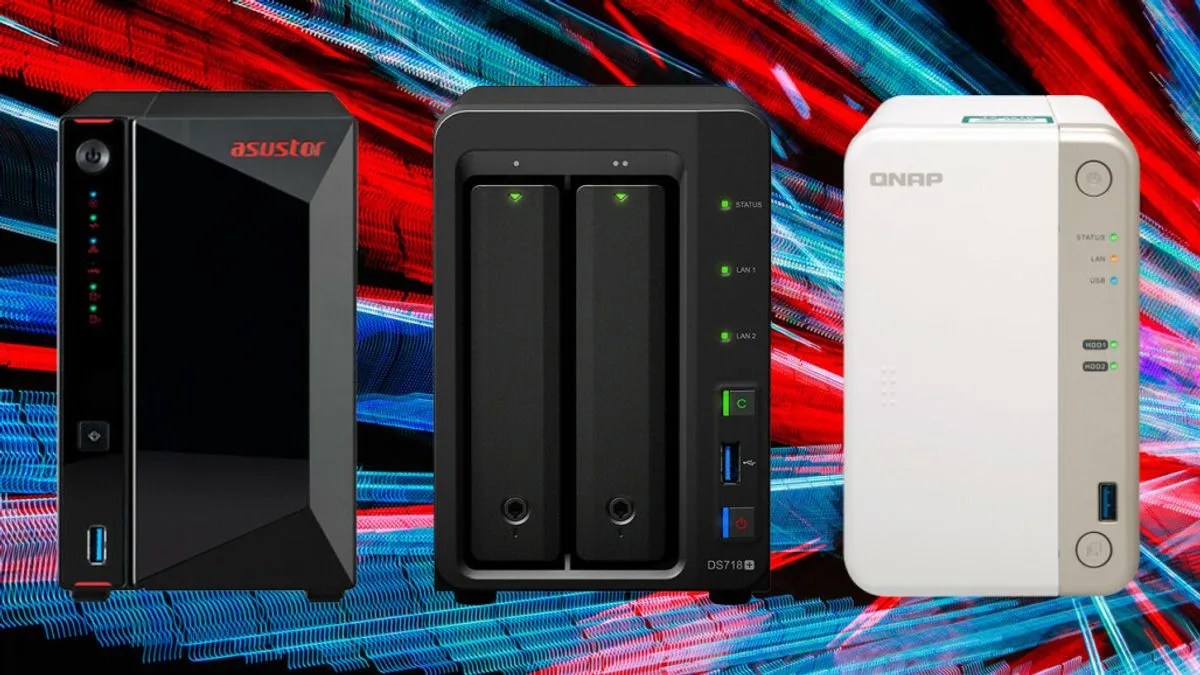How To Easily Set Up A Plex Server
Plex is a powerful service that lets you stream your media library to multiple devices. In this guide, we will highlight how to easily set up a Plex Server.
Author:Daniel BarrettJun 09, 202212171 Shares328944 Views

Plex is a powerful service that lets you stream your media library to multiple devices and share that content with friends and family. If you’re that lucky friend, all you need is an invitation to someone else’s Plex server, but you’ll need to do a little more setup if you’re the one running the show. This guide will explain how to set up a Plex Servereasily.
Running A Plex Server
Running a Plex server entails that you will be responsible for making sure the device you’re running it from has decent processing power, a lot of storage, and stays on and connected to the internet, which might rule out using a laptop. Of course, that internet connection should also have robust upload speeds.
Picking The Hardware You Want To Run On
Some people choose to use a dedicated Network Attached Storage (NAS) device to host their Plex server, but you can also use a regular desktop computer, as long as it stays on and connected to the internet. In this guide, we’ll run through the desktop version as an example but will briefly discuss the benefits of each.
NAS devices offer flexibility; they come with slots for hard drives, allowing you to add more memory or swap out for larger drives. Storing media is a quick way to fill up storage space, so this is handy if you want to add more to your library without deleting things. Some also come with features that make streaming better, like 4K video acceleration.
If you already own a powerful desktop, a NAS device becomes one more thing to buy and manage. A desktop PCis a good option if you’re comfortable upgrading it if needed. If you already have a PC with a decent processor, plenty of storage space, and a solid internet connection, then having your Plex server is just a download away.
Here are seven steps to get Plex up and running on the platform of your choice.
Don’t miss: How To Set Up The Google WiFi System
Install The App
Head to the official Plex website and download the version you want. Plex allows you to choose from several platforms, including Windows, Mac, Linux, and FreeBSD, and network-attached storage platforms like Netgear and Western Digital. You should download the app for every device you want to use, but starting with your primary computer is good.
The program is free, and installation is super-straightforward.
Run The Program And Start Your Plex Account
After installation is complete, click “Launch,” The Plex software will direct you to a new browser window to create your account. You can run Plex with “limited functionality” by foregoing this step, but, as the site says, you won’t have all the same features, and your streaming could be less secure.
The sign-up is extremely quick: Enter an email, username, and password. Since your account will have multiple libraries, think of it as a master account that saves you time.
Add Your Libraries
The Plex site will walk you through the process of adding media. Just click “Add Library” to import whatever files you like, from movies to music to photos. The syncing process might take a bit, but you can click Next and continue using the program while it works. Then you can choose whether or not to send usage data to Plex. You can also get the apps for your other devices if you haven’t already.
Identify Your Servers And Enable Remote Access
Once you’re logged in, you may notice an alert asking you to claim your current network in the left-hand menu. Click on it to save the network and identify it.
You’ll also see an alert next to the Remote Access tab. Click this and click on the orange Enable “Remote Access” button. Now you can use Plex to access the server from other devices, and you can disable it at any time.
Also read: How To Do A Clean Installation For Windows
Install Your Channels
You should now see your beautiful home page with the menu on the side. Click on the Channels section, and you can add media sources simply by clicking “Install Channels.” Next, click a channel you want and choose Install.
Once it’s ready, you’ll see some new buttons under the selected channel, enabling you to browse, update, or Uninstall it. In addition, browsing a channel will let you see its content.
Go To Your Next Device
You’re ready to go to the second one when you’ve set up the app on your primary device. Download and install the corresponding app.
The setup guide will walk you through the controls and show you how to cast media onto other devices. The channels you added from the first device should appear here, too. Next, you can check how many devices are in your account by clicking Settings and Devices. Finally, the Status tab will show you what media you’ve been viewing.
Customize
Here, you can tinker with the settings, create your playlists and add channels to your heart’s content. There’s even an option to play the theme music from whatever show you’re browsing in the background.
Now that you have set up your Plex server dive in and have fun!
Editor’s picks:

Daniel Barrett
Author
Latest Articles
Popular Articles